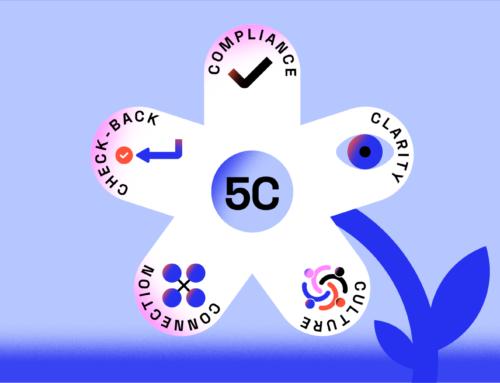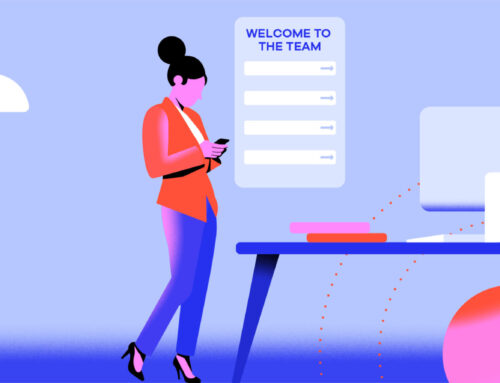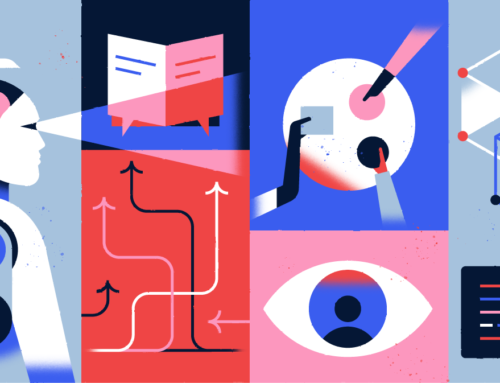Last Updated on October 24, 2021 – 6:49 pm
Every company desires a candidate that fits right in with company culture. As an HR manager, you’re probably tossing and turning every time someone joins your team. They may have verified technical skills, but you also know that one-fifth of US workers leave a new job within 45 days of employment. These are grim statistics, but they highlight the importance of ensuring that your new employee settles quickly and definitively into their new work environment.
The employee onboarding process integrates a new employee with a company and its culture. It also ensures that they have the information and tools to perform their duties with the utmost efficiency. After all, hiring is about getting people not to sit around but be productive.
Onboarding needs to be strategic to give it the best chance of succeeding. HR and staffing experts recommend that it last up to one year. The reason is that the first few days and months of a new employee’s experience are crucial to fostering high retention.
Why a Proper Onboarding Process is Crucial
Here are a few reasons why every organization needs a proper onboarding process for new employees:
1. Acclimatize the employee in the shortest possible time
New employees need to learn peculiar things about their new surroundings. They also need to know what management and their colleagues expect from them. They also need to know where to find support when they need it.
2. Lower the time it takes for new employees to become productive
The time it takes for employees to become productive in their new environment can dramatically decrease with good onboarding techniques.
3. Proper employee engagement
Increased product quality, productivity, and profitability are some of the positive results of engaged employees. Engagement means management is listening to employees and making concrete plans for their growth.
4. Employee retention is a direct fallout of good onboarding programs
Since one-third of employee turnover occurs within the first three months, organizations must be deliberate about onboarding.
Replacing one employee costs as much as 150 percent of their annual salary. This includes implicit costs in productivity, loss of special knowledge, and lower morale among the rest of the staff. Employee retention can help a company save thousands of dollars.
5. A good onboarding framework promotes good company culture
A strong company culture where employees have value, are taught, and supported is inevitable with good onboarding. That’s where communication of crucial company values takes place.
Before You Onboard: Developing Goals for the Process
One of the most overlooked employee onboarding best practices includes having the following goals to help your employee onboarding procedures.
1. Attract candidates that are a good fit for your workplace. Companies need to get people on board who share their values and come with skills relevant to the team.
2. Clearly communicate your organization’s expectations for each role. Clarify who your ideal candidate is — and the skills, knowledge, or passions they should ideally possess.
3. Deliver an impression that’s positive and tells people who and what the company represents. A positive impression lasts longer than the first encounter. One can say the same about a negative one, which makes it necessary to make a candidate’s first impressions of your organization positive. It’s an important element even if the people do not apply to your organization.
4 Things to Include in New Employee Training
The way to do efficient onboarding is to develop a training program that involves the following.
1. Design effective standard operating procedures (SOPs).
2. Connect high performers to new employees.
3. Offer the new employee a time and structure to function in the new organization.
4. Extensive use of technology and automation is helpful to communicate ideas.
5. Use blended coaching to enable new employees to exchange items and ideas gleaned from onboarding instruction.
Using the Buddy System to Engage New Employees
According to Duke University, a buddy is a team member partnering with a new employee or one transferring during their initial 90 to 180 days on the job. They offer advice, guidance, and resources on the day-to-day happenings in the unit and company.
Buddies make it easier to weather unfamiliar storms by offering encouragement and suggestions on the workplace culture.
Some companies have adopted a remote onboarding program where the buddy system is of a high value. It boosts the productivity of new hires and improves employee satisfaction to impressive levels.
According to Microsoft, new employees with onboarding buddies are 36 percent more satisfied with the overall onboarding experience and 73 percent more productive than those without a buddy. A buddy system promotes prompt feedback systems and allows your new hire to ask more questions than the traditional culture would help them ask.
The buddy system ensures a sound support system for remote workers that ultimately makes for better employee retention rates.
A few tips to make the buddy system work better include:
1. Using those familiar with company culture and who are positive about the company as buddies. These people should first want to be buddies, though.
2. Ensuring that buddies are fully aware of their role.
3. Assigning several buddies who’ll play specific roles, such as role, culture, or mastermind.
The buddy system has immense advantages and is just one of the several ways companies can ease their onboarding process with better results.
Other Onboarding Practices for the Modern Organization
Besides pairing buddies to new hires, organizations may also take significant practical steps such as:
1. Preparing a large “Welcome” poster bearing the new hire’s name.
2. Gifting the new hire a welcome package that can include all types of gift items and curios. Personalizing these gifts will make a deep impression on the new hire.
3. An exciting AMA-style session to allow the new employee to ask and answer questions about anything will help forge relationships right away. Cakes, candy, and coffee will help lighten the mode of the conversation.
4. Prepare the employee’s workstation and organize it to suit their work and taste. It includes a computer with necessary software and a list of usernames, passwords, printed items, guides, and codes of conduct. They’ll also be information on who they can speak to for specific issues.
Onboarding can be exciting and rewarding if it’s properly thought out and implemented.
Conclusion
Efficient onboarding is critical to get new hires to function productively in their new environment. Organizations need to be clear on their objectives and potential challenges that new employees may face in their workplace and its culture. Only then can new hires feel like an integral part of the system and a company effectively enhance its retention rates.
If you want to learn more about new hire onboarding, you can check out our blog posts here.






Leave A Comment